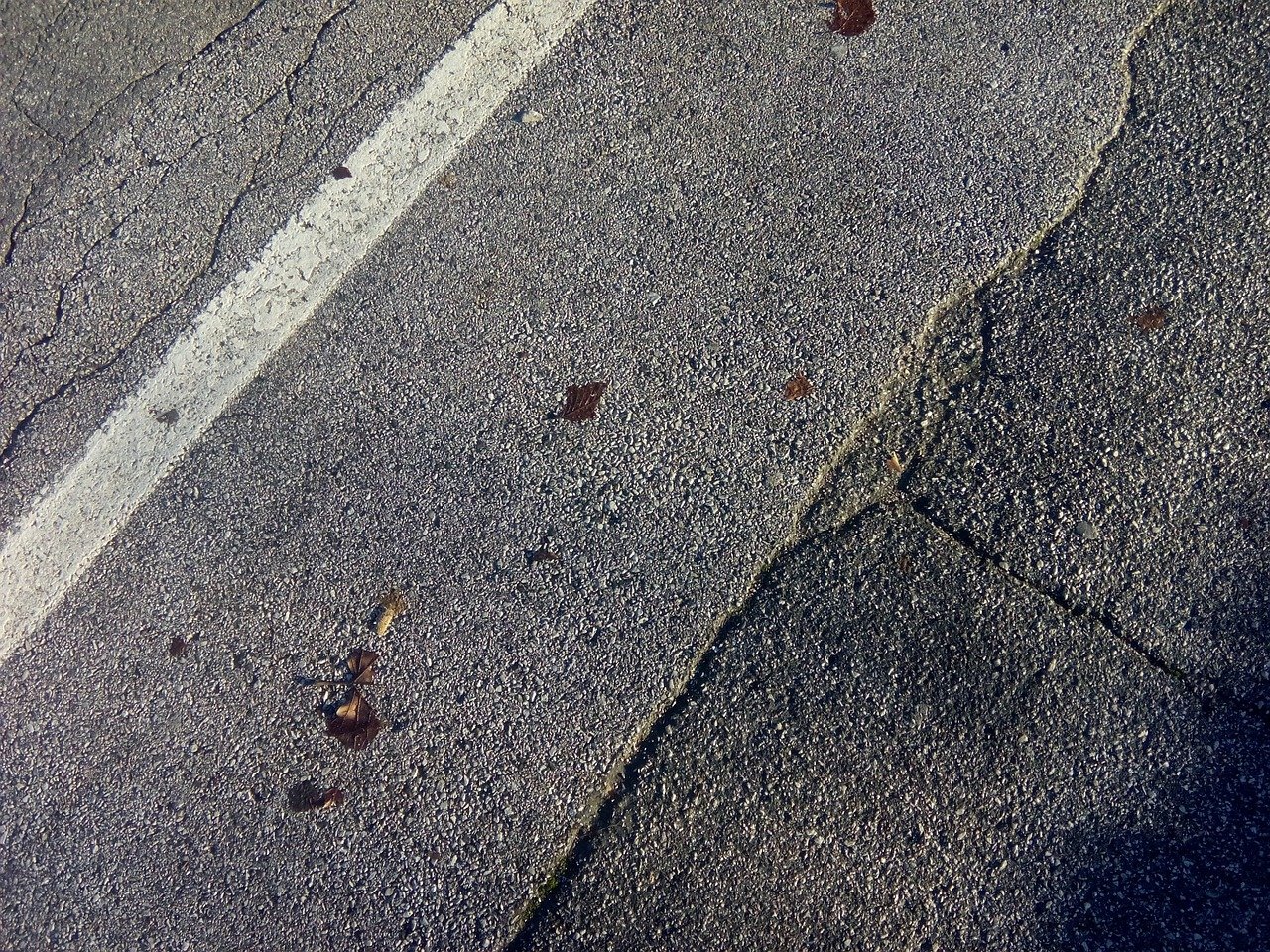These days, many of us have been glued to the screen, watching unfold the thrill of victory and the agony of defeat. However, there is one human drama that’s getting little attention – Olympic fashion. I don’t mean the gold lamé cape worn by Angola flag bearer and handball player Natália Bernardo in the Opening Ceremonies; or the exotic flowers crowning the heads of the Tuvalu delegation; or the embroidered green sleeves and beautiful face coverings of the Saudi women athletes (they made the mask mandate gorgeous). I’m talking about the classic Ralph Lauren uniforms of our American athletes.
While the navy Polo blazers and white denim jackets won’t be winning gold medals for haute couture, in partnering with Dow Chemical, Ralph Lauren has produced perhaps the most technologically advanced and environmentally friendly athleticwear since the dawn of the Olympic games, when athletes competed in the nude, according to Plato.
How do clothes manufacturers get those vivid reds, whites, and blues podium-ready? Apparently, more water than Filipina gold medal weightlifter Hidilyn Diaz could bare. It turns out that textile dyeing is the second largest cause of water pollution in the world and consumes five trillion liters of water each year, nearly enough to supply all humanity with drinking water, according to Dow. ECOFAST, the material in the Olympic uniforms invented by Dow, requires 50 percent less water due to fewer rinses and faster cycle times; 40 percent less energy, and 90 percent less chemicals (including dyes, salt and other additives). But saving huge amounts of water and energy are not the only feats vaulting Team USA’s outfits to new records.
Throughout the games, American athletes continue to win their heats – literally. Their denim jackets have a built-in cooling system – a wearable air-conditioning unit — that can regulate body temperature during Tokyo’s hot and muggy weather. A “James Bond-like” battery-powered device sewn into the back of the hip jacket, the RL COOLING technology gives an Olympian a shot of cold to the base of the neck. Brand executive David Lauren, in an interview with the New York Post said, “The cooling jacket was really to tell a bigger story about American ingenuity and leadership.”
He’s right of course. It’s fierce competition and the quest for market leadership — not subsidies, mandates, or coaching and training by Gov. Newsom and Sacramento’s progressives — that drive companies like Ralph Lauren and Dow Chemical to search for ways to save water, use less energy, and keep people cool. Unfortunately, the marathon of state climate change mandates continues, and by the time the Summer Olympics comes to Los Angeles in 2028 – the Olympic flame might very well be snuffed by a brownout.
Rowena Itchon is senior vice president of the Pacific Research Institute


